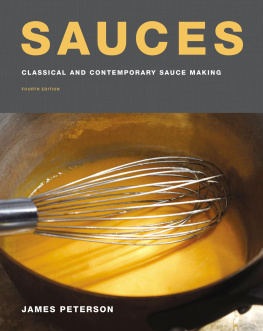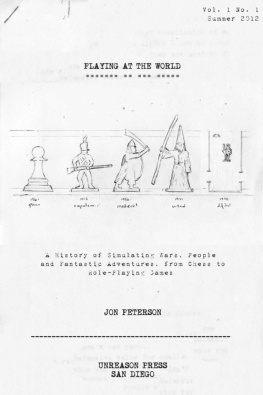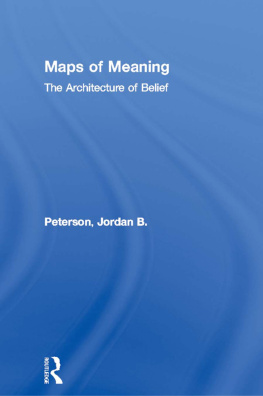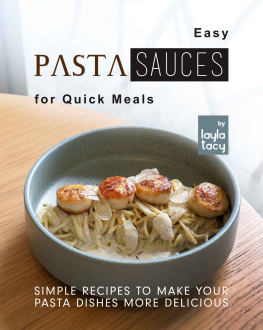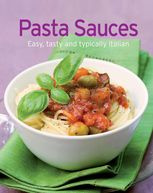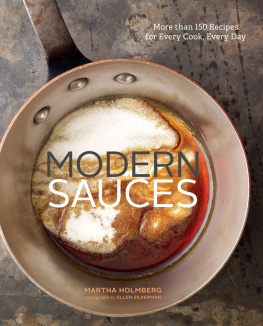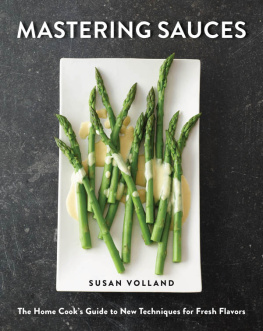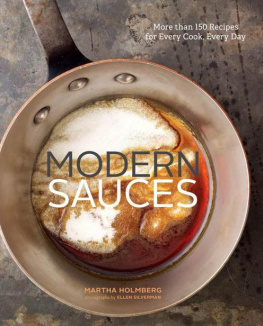Contents


To Megan Moore
Copyright 2017 by James Peterson
All rights reserved
For information about permission to reproduce selections from this book, write to or to Permissions, Houghton Mifflin Harcourt Publishing Company, 3 Park Avenue, 19th Floor, New York, New York 10016.
www.hmhco.com
LIBRARY OF CONGRESS CATALOGING-IN-PUBLICATION DATA IS AVAILABLE.
ISBN 978-0-544-81982-5 (hbk); 978-0-544-81983-2 (ebk)
v1.1017
Contents
Recipe Contents
Acknowledgments
W hen the end of a book project approaches, Im amazed by how many people are needed to make an idea a reality. I must start by thanking my editor, Stephanie Fletcher, who has been with me since the beginning of this new revision. She not only guided the schedule (such as imposing deadlines on me), but learned along with me the many new concepts presented in this edition.
Id like to thank production editor Jamie Selzer, art director Melissa Lotfy, and production coordinator Kevin Watt, and designer Alison Lew at Vertigo Design, for their amazing input into the design of the book. Copy editors are essential in my life, as much would slip by otherwise. Thank you, Suzanne Fass, copy editor with relentless attention to detail.
Here, at my studio/office, Ive had the pleasure to work with some amazing people, mostly young, who inspire me and help propel me to the next stage. Julia Choi provided the hands in the earlier part of the book and gave me a unique perspective on Korean cooking. Jermaine Haughton was here from the beginning. We used his hands in some of the photos, but more important, he kept the computer and the camera software working. Ricky Dolinsky is one of those crazy people whom I am instantly drawn to. He has a mind grounded in the scientific method. He also happens to know a lot about modernist cuisine. So his hands not only appear in the photos, but he helped me test recipes and provided valuable ideas.
It must be said that artists build upon each others work. I would have been lost without The Cooking Labs giant opus, Modernist Cuisine. I must also acknowledge the contributions of Herv This, who was kind enough to interview with me on my last visit to Paris. Thanks also to the team at Modernist Pantry (modernistpantry.com) for answering my many questions.
There are some people without whom my life would be very different. Laurie Knoop has been by my side for well over a decade. She follows my work and provides invaluable help. She introduced me to Jermaine, Julia, and Ricky. I couldnt do what I do without her.
My friend Rhona Poritzky keeps me in one piece by calling every day from Paris. Joel Hoffman has saved me from much of the torture of writing alone when assaulted by uncertainty and doubt. My love for Paul Geltner, whom Ive known since we studied together in Paris in the late seventies, sustains me through much. I have other friends, Coletta Perry, Megan Moore, and Sukey Pett, who have always encouraged me, loved me, and pushed me to higher goals.
My agents, Elise and Arnold Goodman, have been with me since the first edition of Sauces, over twenty-five years ago, and have fought for me for all that time.
My husband, Zelik Mintz, is not only my spouse, but my best friend. We have been together for twenty-six years.
Foreword from the First Edition
S auces:Classical and Contemporary Sauce Making, faithful to its title, is a synthesis of the past and present. At nearly a centurys remove, James Peterson has done for sauces that which Escoffier did for the cuisine of La Belle poque: simplifying and streamlining methods and techniques and lightening the food to meet the demands of an ever more hurried society, while respecting the architecture of traditional cuisine and stressing the vital importance of fresh produce.
In his introduction to the first edition of Le Guide Culinaire, Escoffier wrote, I wanted to create a tool, rather than a book... a constant companion, always within hands reach... it is reserved especially for young people; for those who, beginning today, will be leaders in their field twenty years hence. No words could serve as a better introduction to Sauces.
Sauces is, above all, a manual for the professional cook and as such, it will rapidly become a classic and indispensable reference in professional kitchens. But it is much more than a manual, it is a romance as wellJames Petersons romance with the kitchenand it is easily accessible to the home cook, to whom particular explanations and suggestions are addressed throughout. There are important sections on improvisation replete with hints and possible paths to follow, lest the reader forget that cooking is a creative art. But that creativity cannot exist in a vacuum; the cook must have a firm hold on the basic precepts of cooking before spreading his or her wings.
After a couple of decades of anarchy and chaos in the kitchen disguised as la nouvelle cuisine, a treatise such as Sauces, grounded in common sense, infuses one with renewed faith.
RICHARD OLNEY
Preface to the Fourth Edition
W hen Sauces was translated into French, the translator proposed the title LArt de Bien Cuisiner (The Art of Cooking Well) because she realized that the book is about much more than sauces. To prepare a sauce well, especially an integral sauce made from the juices released by the food being prepared, one must know how to cook. Some of these methods are simple (beurre blanc, despite its reputation, is a snap) while others, such as a perfectly caramelized jus, can be tricky.
In the first edition of Sauces, I integrated the techniques of la nouvelle cuisinelearned in France in the 1970swith classic sauces, some dating from centuries past. I brought forth the distinction between integral sauces and non-integral sauces, two terms I invented to describe foods in which the sauce is either derived from juices released by the food being cooked or, in the case of non-integral sauces, from stock and/or other ingredients often designed to emulate integral sauces. I also introduced the notion of unbound sauces, best served in soup plates, containing no thickener and no fat.
The second edition introduced so-called foreign sauces (meaning not French) and included hierarchical systems for cuisines such as Indian and Chinese. While these cuisines dont receive the attention of French classics and their derivatives in this book, I do introduce methods for improvising such sauces. In any case, many of the techniques first presented in earlier editions are applicable to these cuisines.
The third edition further expanded the premises of the earlier editions by adding recipes that illustrate additional nuances.
This fourth edition includes the most radical additions, those of so-called modernist cuisine. The emphasis is on using these techniques and ingredients within the context of more traditional approaches. Modernist techniques and ingredients are given relevance by how they function within the classic/nouvelle cuisine/mother sauce continuum and hierarchy. In my preface to the third edition, I stated that the dining public had become insistent on having a sauce with every dish. Of course, this gave my book a raison dtre, but the public, fickle as it is, has come to look at some traditional sauces as archaic. While much of the premise of my book is based on sauces that reflect and extend the flavors of the food at hand, modern sauces have become condiment-like in that they may taste nothing like the food they are saucingthey are designed to offer contrast. Such has been the tectonic shift in the way most Americans dine today.

